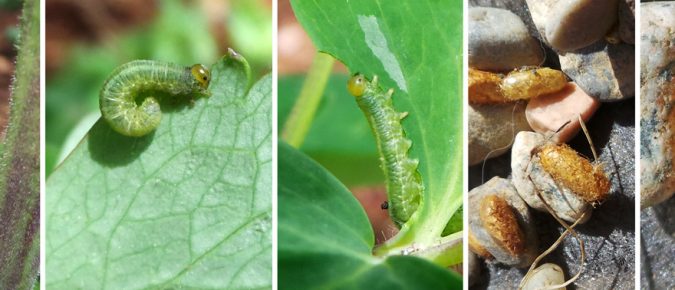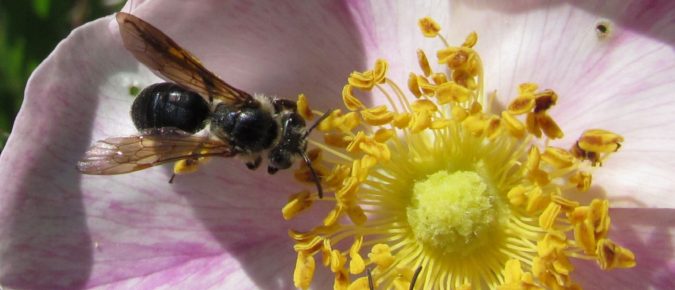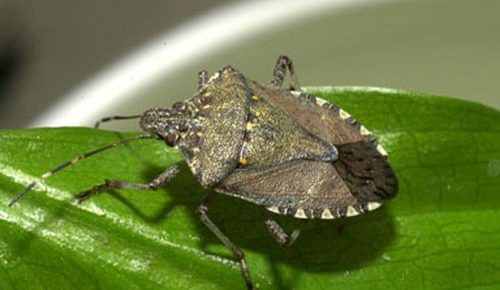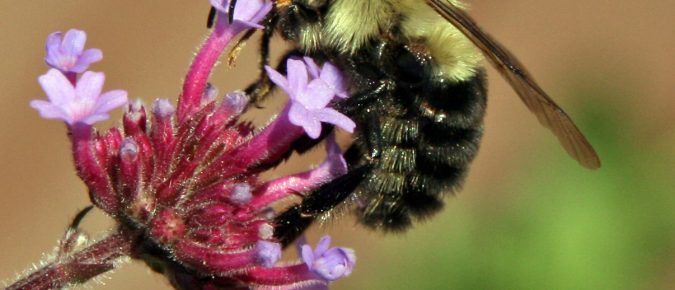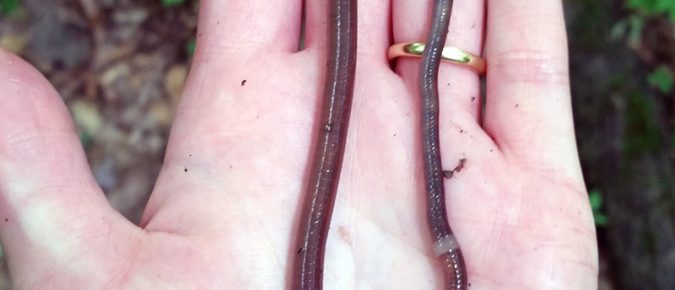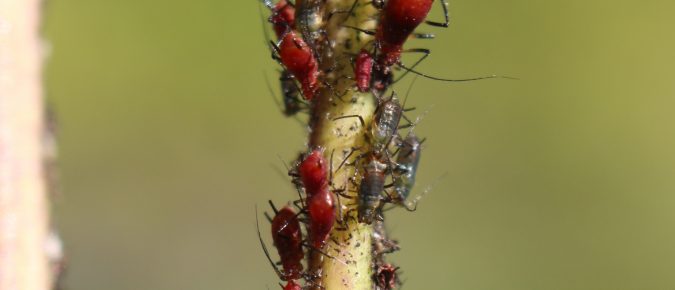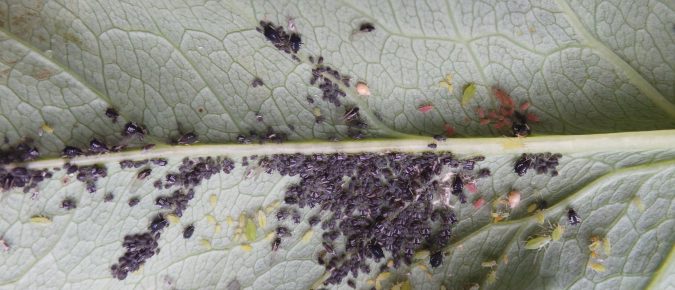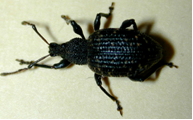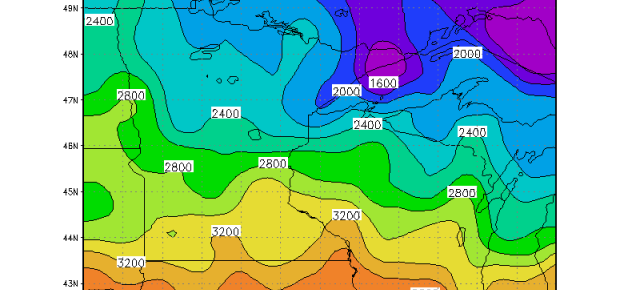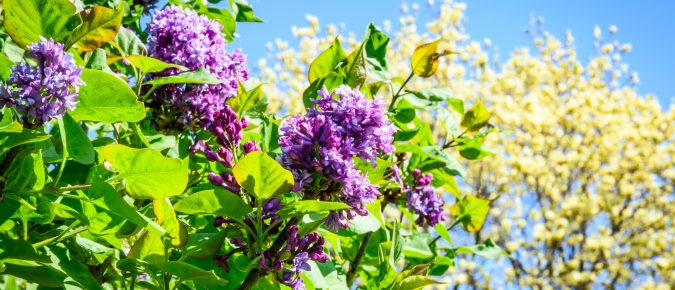By: PJ Liesch, Extension Entomology Specialist Even though insects can cause damage to our plants, not all of them are harmful. In this video, you will learn how to look for signs of insects, why identification is required, and different control options and methods. The first step in the management process of insects in yards […]
The Japanese beetle, Popillia japonica, is a significant pest of landscape trees and shrubs, vegetable and fruit crops, and turfgrass. This factsheet describes the lifecycle of this beetle along with management and control options.
This free publication describes the importance of bees in pollinating major food crops, how to attract and support native pollinators, and how to construct, place, and maintain nests.
Brown marmorated stink bug is a non-native pest that feeds on awide range of plants. This insect is also a nusiance when it overwinters indoors. Learn about identification and management in this factsheet.
The Wisconsin Bee Identification Guide provides information about 13 of the most common bees found in Wisconsin. From the very small Sweat Bee, measuring in at 1/4″ long, to the big Bumble Bee, this guide helps identify many incredibly important pollinators!
Jumping worms are non-native worms that damage the soil structure causing poor plant growth. Learn how to identify and deal with Jumping Worms in this article.
Aphids are soft-bodied, insects that feed on plant sap and subsequently excrete a sugary substance that can attract ants as well as support a saprophytic fungus called sooty mold. Learn about aphids found in home gardens in this factsheet.
Aphids are really fascinating insects, with bizarre lifestyles and eating habits Learn more about this large group of insects and how to manage them in the garden in this article…
This factsheet describes active ingredients available for homeowners and the landscape insects they control.
This factsheet lists degree days for emergence and hatching of a wide variety of landscape insect pests.
Degree Days incorporate temperature and time to quantify the rate of plant and insect development. This useful tool helps predict events such as flowering, harvest, and pest outbreaks.
Phenology is a branch of science that studies the life cycles of plants and animals with seasonal changes and weather. Learn more in this factsheet.

